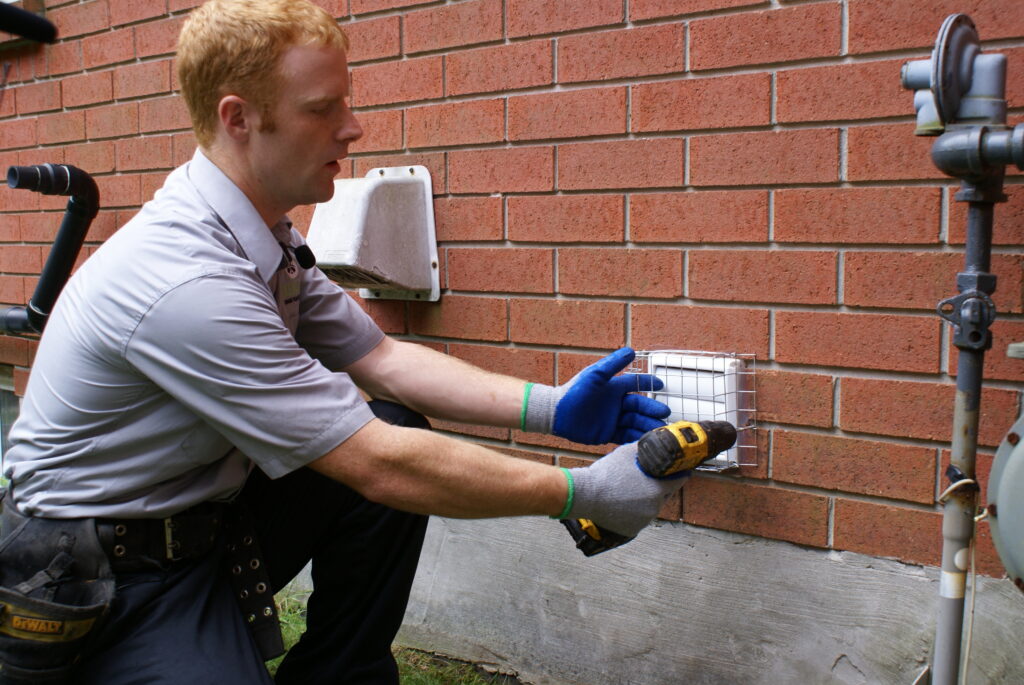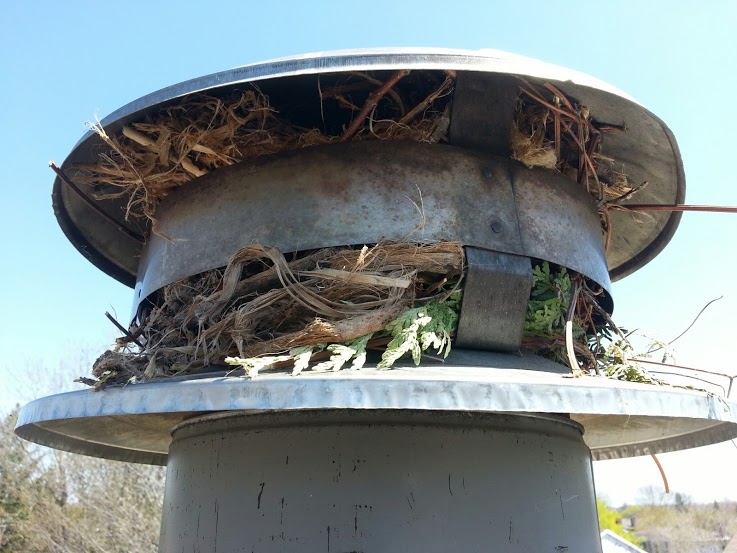Birdwatchers have documented over 150 types of birds in Ontario. Some of these pass through on their yearly migrations, others show up only in the summertime, and others are year-round residents. It is easier to predict which species might try to nest inside your attic if you know a little about bird behaviour. If you think you might need bird removal in Richmond Hill, here is what to expect this summer.
Migrants Return
Each year, noisy flocks of migratory birds return to the treetops of Richmond Hill. Some birds such as the ruby-throated hummingbird spend the winter as far south as Central America before flying thousands of kilometres to breed in Canada.
Like any travellers, migrants arrive tired and hungry. However, travel weariness does not stop males from singing and establishing their territories right away. Females choose the mates they like best and start building nests.
Where birds build a nest depends on what species they are. European starlings and house sparrows, who normally nest in tree cavities, are the ones most likely to invade your soffits or attics. Eastern phoebes, American robins, and barn swallows may build nests on the outside of your house.
Baby Bird Season Begins
Birds typically lay their eggs between the middle of April and the end of June. Once the eggs hatch, parents will spend most of their waking hours searching for insects and caterpillars to feed the open mouths that greet them each time they return.
After hatching, most bird babies only spend about two weeks in the nest. In the final days of this period, they exercise their little wings as they hop around on nearby branches. Finally, a day will come when they hop right out of the nest.
Migrants Prepare To Return South
As the breeding season winds down, male birds sing less and stop defending territories. Instead of reproduction, their main objective during August is to fatten up for their long journeys south.
Baby birds, who are now proficient at flying and finding their own food, will join adults of their species in large flocks. If they choose to congregate on your property, they can leave quite a mess of droppings on the sidewalk, your roof, and on cars parked below.
Permanent Residents Hunker Down for Winter
Some types of birds do not migrate at all but instead live in Canada year-round. Theirs are the voices you hear singing first in the spring because they begin their breeding behaviour before the migrants arrive.
Permanent Ontario residents such as European starlings and house sparrows have adaptations that allow them to survive the cold Canadian winters. Unfortunately, some of them do so by using the warmth of human homes. Whereas most migratory birds use their nest structures only a few weeks of the year, overwintering birds may return to the same cavities to roost at night. So birds nesting in your attic may stick around all winter.
Even the most avid bird-watchers do not want birds living inside their homes. Nesting materials made of dry grasses and twigs can pose a fire hazard near exhaust vents. Birds also carry a number of parasites and germs that can infect humans.

Skedaddle Knows How To Keep Birds Away
The technicians at Skedaddle Humane Wildlife Control understand bird behaviour. If birds are nesting inside your home, we will humanely remove the babies and place them in a safe location where their mother can still care for them. We also have many methods to keep birds from landing on your property in the first place. Contact us today by phone to discuss your concerns about bird behaviour in Richmond Hill.



